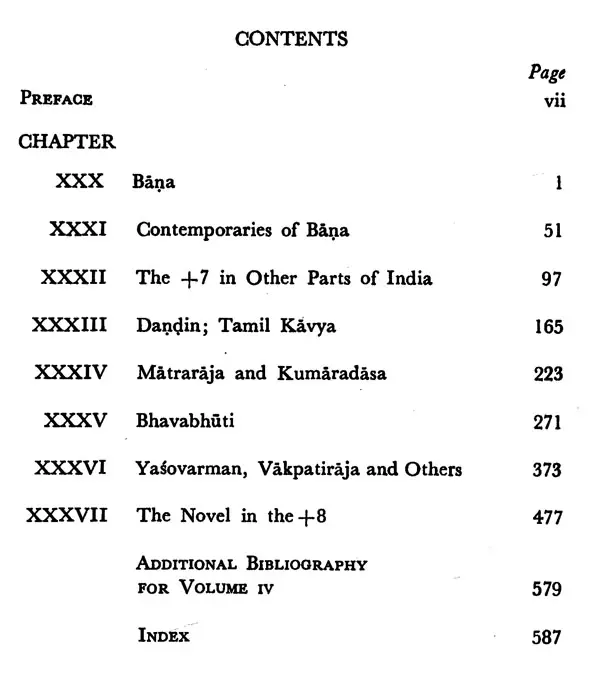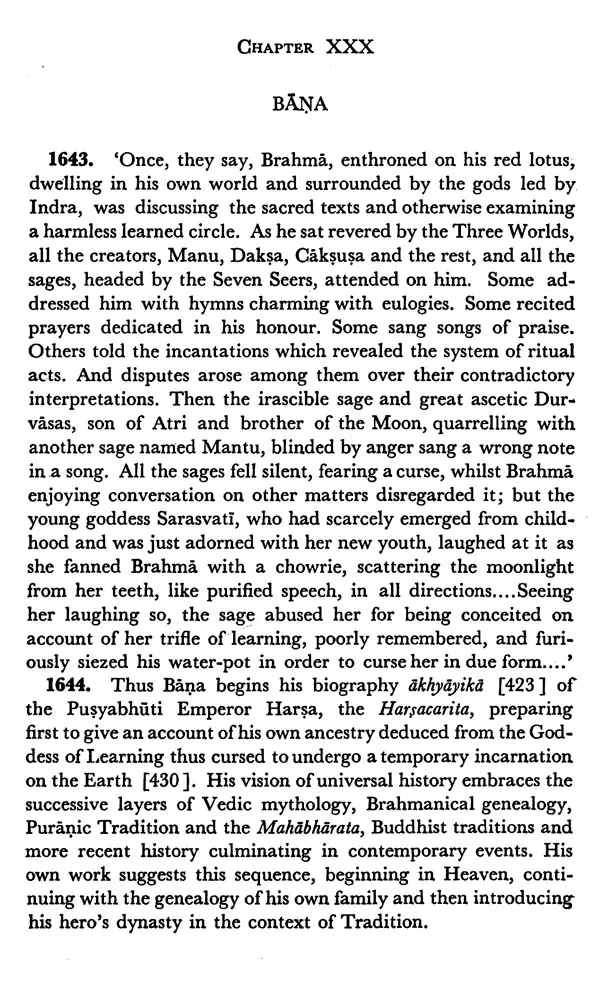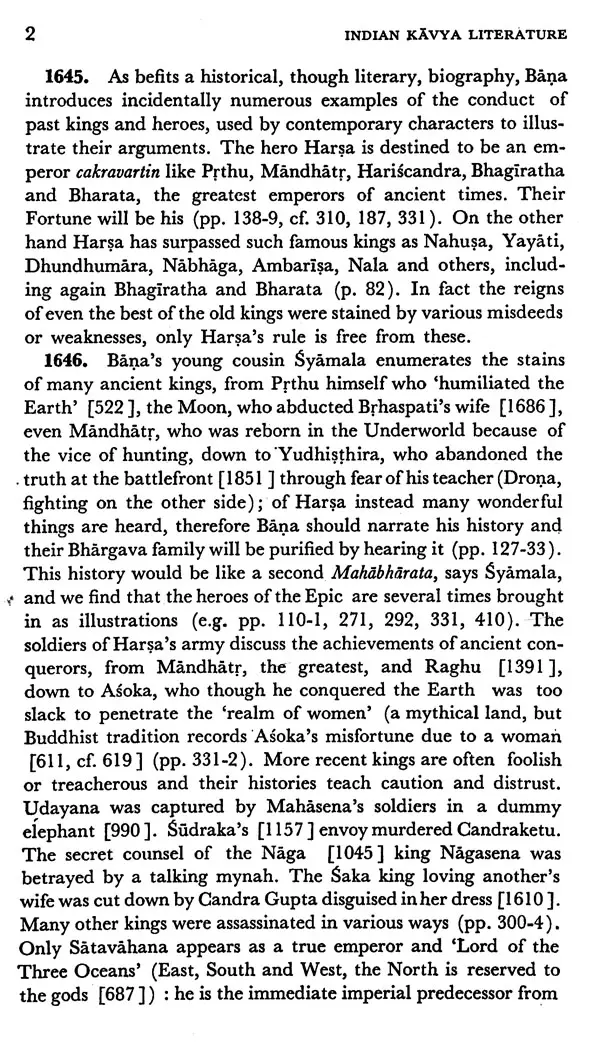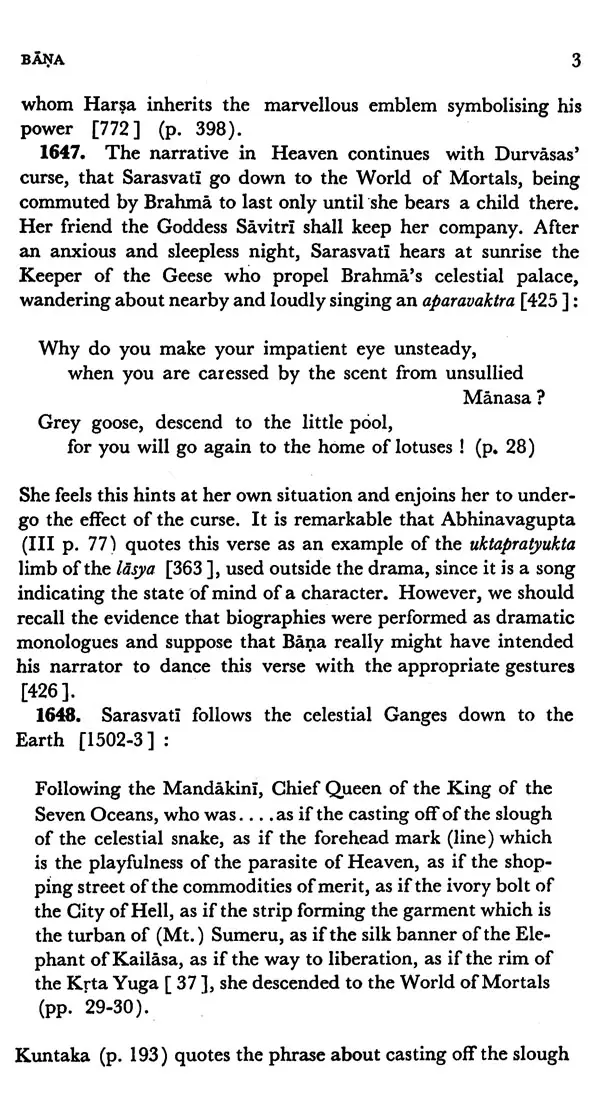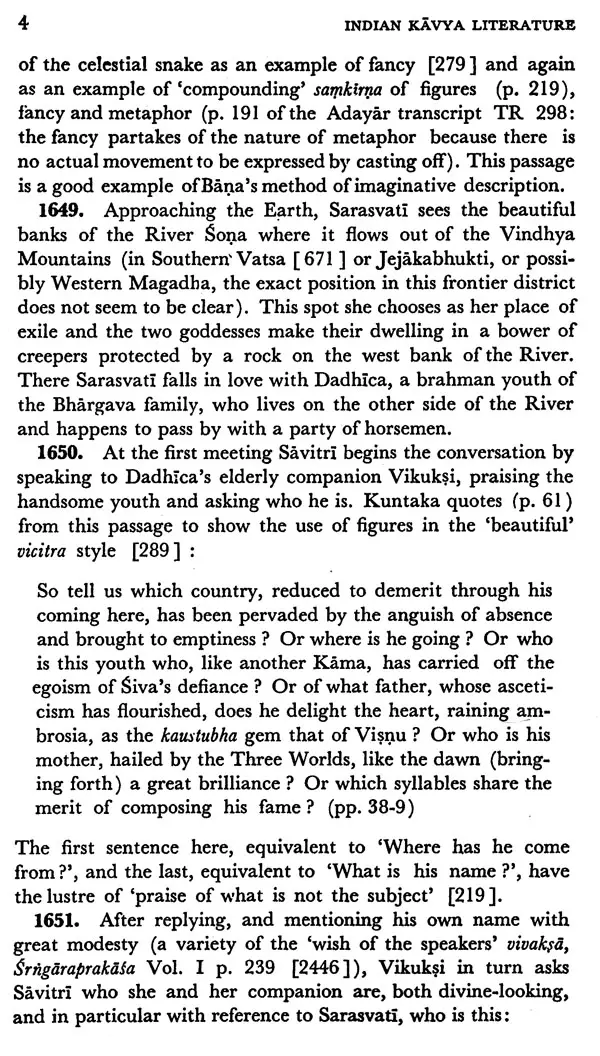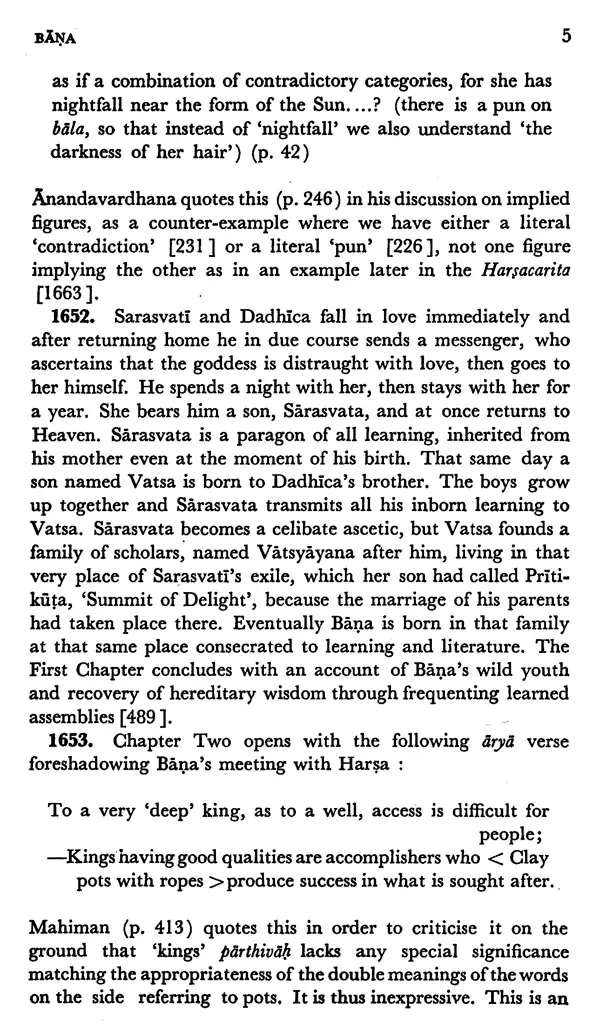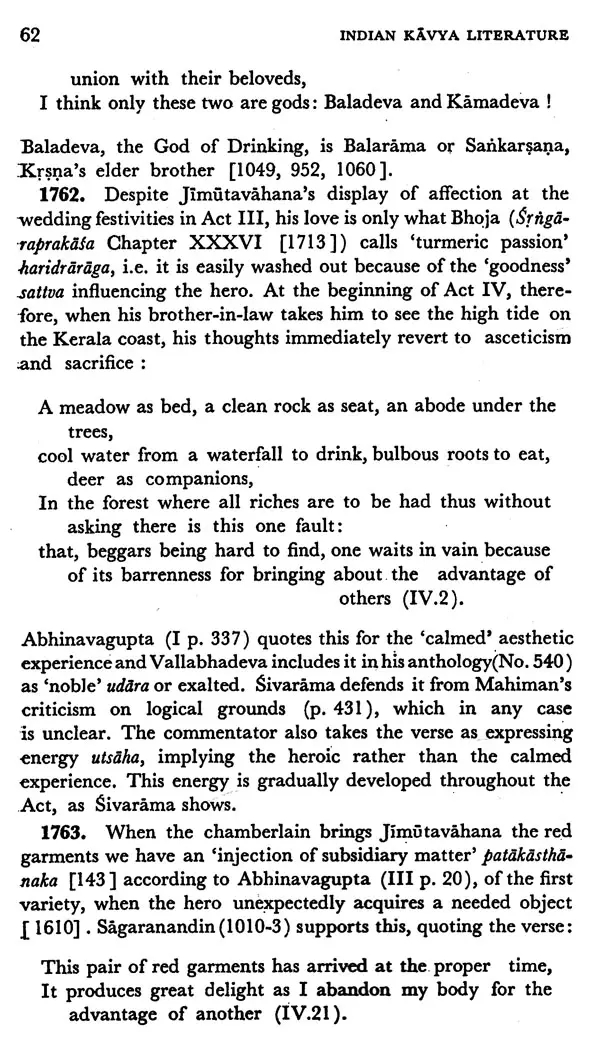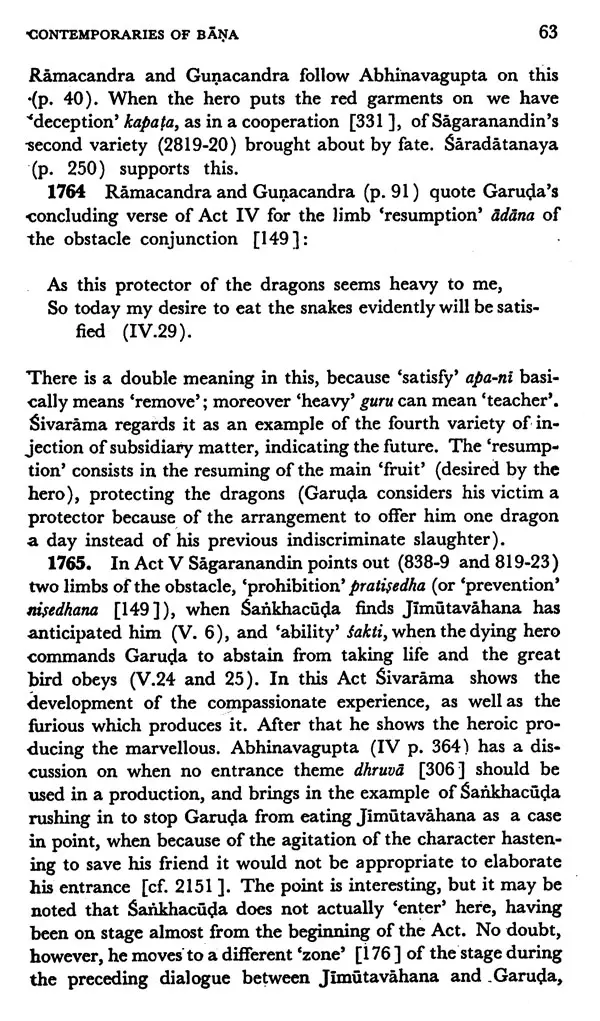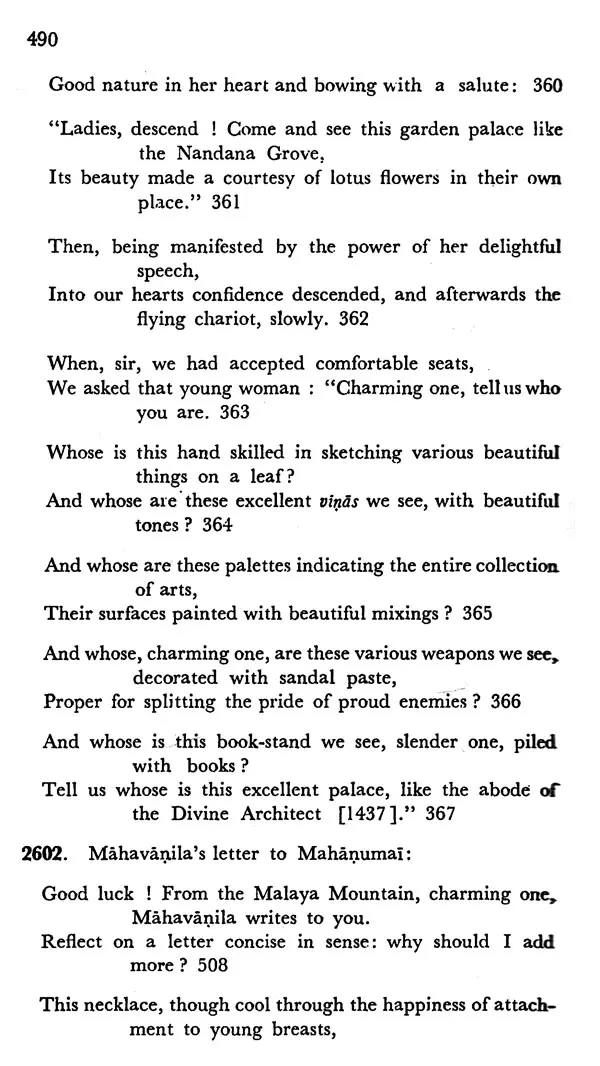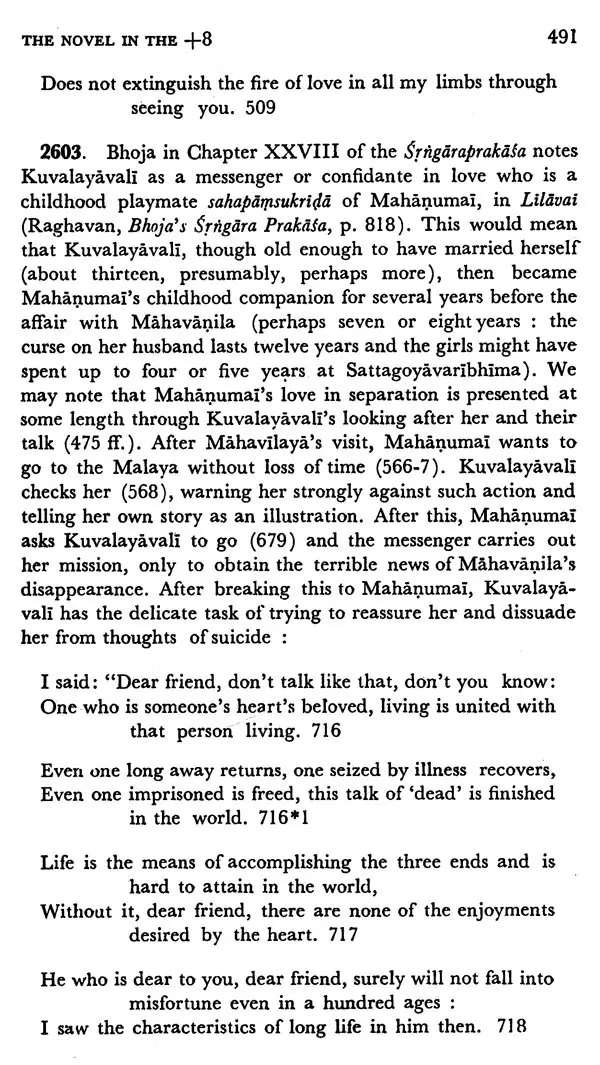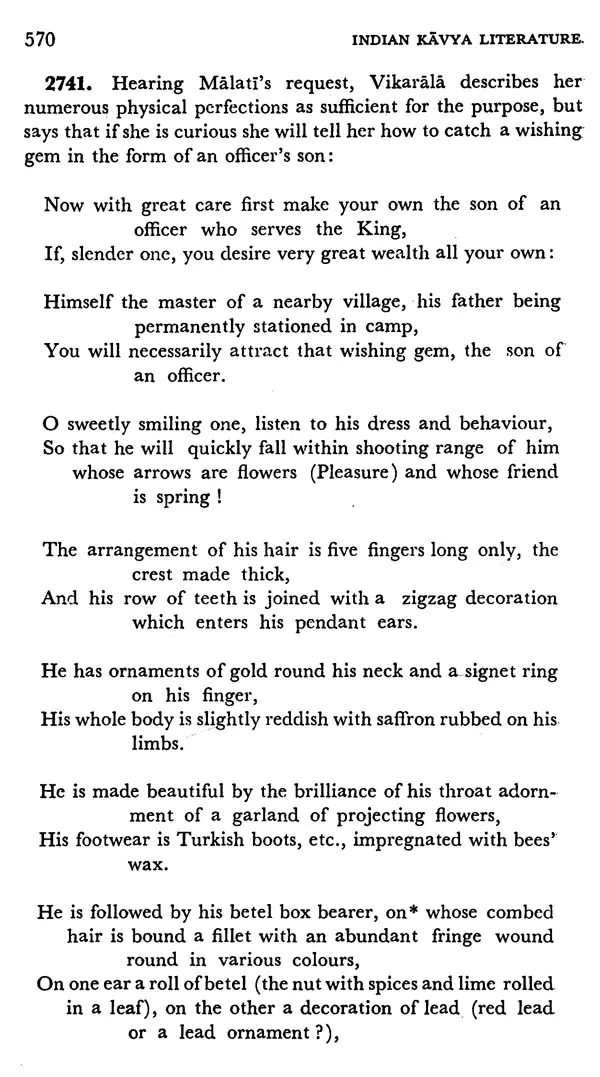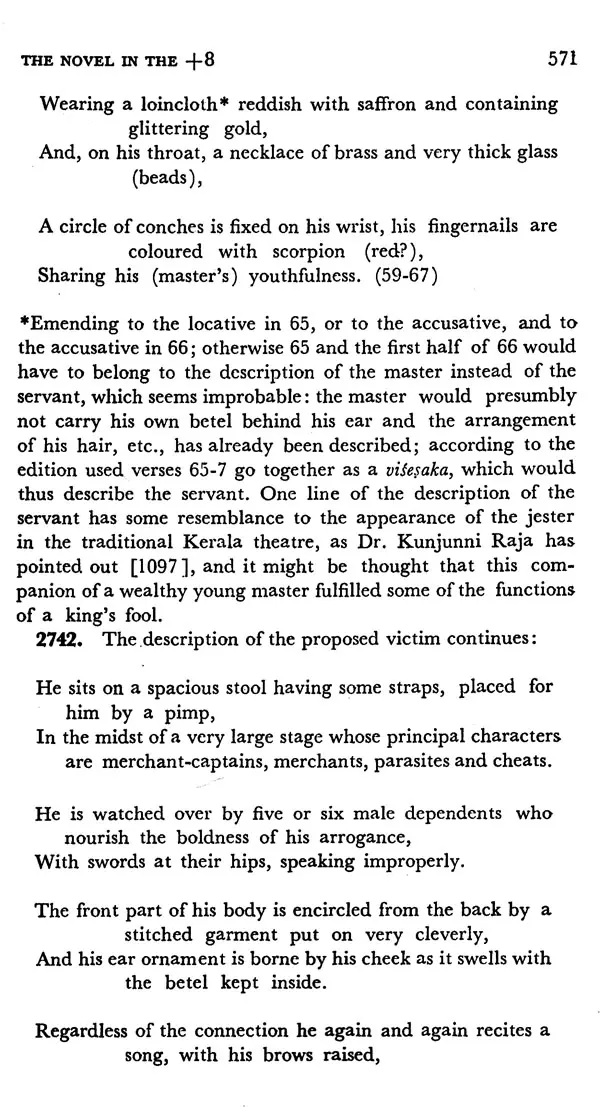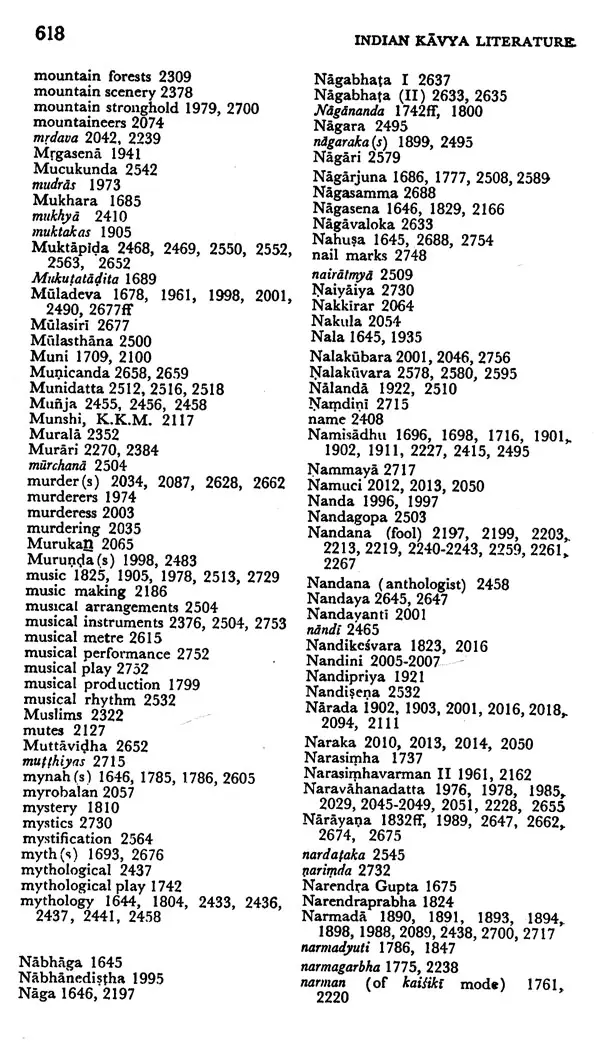
Indian Kavya Literature : The Ways of Originality - Bana To Damodaragupta (Volume - 4)
Book Specification
| Item Code: | UAE566 |
| Author: | A. K. Warder |
| Publisher: | MOTILAL BANARSIDAS PUBLISHERS PVT.LTD |
| Language: | English |
| Edition: | 1983 |
| ISBN: | 9788120804494 |
| Pages: | 655 |
| Cover: | HARDCOVER |
| Other Details | 9.00 X 6.00 inch |
| Weight | 800 gm |
Book Description
Indian Kavya Literature began with the idea, as revolutionary as it is obvious, that Indian literature (kavya -poetry, drama and fiction) should be read in the light of Indian literary criticism. This idea, of course, could not have occurred to the old Indian critics themselves, writing in the languages of the literature they discussed, any more than swimming in water as a new idea could occur to fish. But when one writes in a European language it is new and contrary to the 'standard' secondary sources. The spiritual colonisation, of India is yet be ended.
We adhere to the term 'Indian', however, in defiance of certain objectors, because there is no alternative. Writing in an Indian language one would speak simply of key's and, if necessary, refer to the country as Bharata or by its ancient name Jambu dvipa and to its various languages. It is a regrettable accident of English usage that instead of 'classical Indian' or 'Old Indian' we speak of 'Sanskrit' as the language, adding for further obscurity that 'Vedic' and the numerous 'Prakrits' (including Pali and Apabhramsa), or `Early Middle Indian', `Mid Middle Indian' and 'Late Middle Indian', are equally classical languages of India, not to speak of the non-Indo-European Early Tamil, Kannada and Telugu. 'Chinese' literature has fortunately escaped this obstacle to visibility and is consequently more familiar to English readers. One still meets people in India who identify Sanskrit with the priestly class and feudal oppression and wonder why a non-brahman would be interested in such a reactionary pursuit. That is a prejudice based on ignorance. Sanskrit has always been the primary language of Indian culture as a whole, including the Buddhist and Jaina and all the innumerable other currents of philosophy and religion which have developed within it. Here we are concerned with secular literature, not with religion, and with a national literature, not one of a class. But we cannot isolate Sanskrit Kavya as a separate subject. The old critics universally recognise Gunadhya in the novel [665 ff.] and Satavahana in lyric poetry [769ff.] as the pioneers in these genres, whilst we have traced the origins of have in early Pali literature [534ff. ]. In drama Sanskrit and a number of Prakrits are mixed together as spoken by different characters. Kutuhala's novel in Prakrit (Maharastri) which belongs to the present volume [2567ff.] is paired by the critics with Bona's in Sanskrit (1696ff. ]. Vakpatiraja composing epics in Maharastri [2432ff. ] is held to belong to the new movement in literature started by Bana [2382 ], presumably in his Harsacarita with which the present volume begins. In this volume we also find Jain a and Buddhist novels in Tamil, whose literary tradition is inseparable from the Aryan [2063ff. ], and Buddhist lyrics in Apabhramsa [2512ff.] using a form characteristic of minor types of dramatic performance. All these are kavya to be studied in the context of Indian lava as a whole.
